Top 10 Most Popular Winter Sports In The World 2025
By ICON TEAM | Published on Oct 08, 2025
List Of Top 10 Most Popular Winter Sports In The World 2025:
Winter sports are still popular around the world in 2025, combining thrilling action with graceful art over snowy landscapes. These sports are become more popular again as climate change and new technologies change the world. This is especially true when people get excited for the Milano Cortina 2026 Winter Olympics. Based on facts about how many people watch the Olympics, how many people participate, and how the Olympics have changed over time, this list shows the top 10 most popular winter sports, along with their history, tactics, and lasting popularity.
1. Alpine snowboarding:
Alpine snowboarding, also known as freecarving, became the most popular style of the sport in the mid-1980s, when the sport was still new. It focused on high-speed carving turns on groomed pistes instead of freestyle techniques. The first snowboard was made in 1965 by Michigan engineer Sherman Poppen for his daughter. He made the "Snurfer," a simple board made by tying two skis together. This toy started a revolution. By the 1980s, surfers and skiers had changed their techniques to work with single boards, and structured competitions began. By the 1990s, alpine snowboarding had become an official sport with events like parallel giant slalom and slalom. It was added to the Olympic program in Nagano in 1998.
Alpine snowboarding rules are based on timed races in which riders go through a succession of gates on steep, prepared slopes. If they miss a gate or cross it incorrectly, they get a penalty. Competitions usually have head-to-head formats, such parallel slalom, when racers race side by side on mirrored courses. Techniques require exact edge control, strong body leans into turns, and quick accelerations out of them, typically going above 60 mph. Riders use rigid, directed boards that are best for carving, along with strong boots and bindings that let them transfer power quickly. As more people get involved, safety gear including helmets and padded gear has become the norm.
In 2025, alpine snowboarding becomes very popular, with more than 10 million people throughout the world participating. This is thanks to viral social media highlights from World Cup competitions and programs that include adaptable athletes, including the Invictus Games. People who want thrills love its mix of speed and accuracy. After the 2022 Beijing Olympics, women's fields grew quickly. As resorts spend money on environmentally friendly snowmaking, the sport becomes easier to get into, making it a key part of winter tourism in Europe and North America.
2. Alpine skiing:
Alpine skiing, a downhill sport that started in the rough Alps of 19th-century Europe, changed how people traveled and had fun by using fixed-heel bindings to make Nordic skis work on steeper slopes. In the 1860s, Norwegian icon Sondre Norheim came up with new ways to ski, like shortening skis and adding the telemark turn. These changes made competitive racing possible. Ski lifts made the sport more popular in the 1930s, turning it from a useful pastime into a big show. The first Alpine World Championships were held in 1931, and skiing made its Olympic debut in 1936 in Garmisch-Partenkirchen.
The five primary events are downhill, super-G, giant slalom, slalom, and combined. Athletes compete against the clock on designated courses and get time penalties for missing gates. Downhill focuses on raw speed instead of big drops, whereas slalom evaluates agility through tight, repetitive twists. Skiers use big slalom skis for stability and slalom skis for quick response. They use dynamic weight changes, edge grips for carving, and aerodynamic tucks to reduce drag. FIS rules limit speeds and require certain equipment requirements, such ski lengths, to make sure everyone is treated fairly.
By 2025, alpine skiing will be the most popular sport in the world, with 120 million people participating each year and record TV ratings for the 2024–25 World Cup season. New ideas like eco-friendly piste grooming and virtual reality training programs have made it more popular, especially with young people living in cities. Even if people are worried about being hurt, better safety rules have kept it the main sport of the Winter Olympics, bringing people to destinations in the Rockies and Alps.
3. Figure Skating:
Figure skating has its roots in mid-19th-century Europe, where British skaters carved elaborate "figures"—exact loops and turns—into ice, making it a competitive art form. In the 1860s, American Jackson Haines changed it by adding ballet-like free skating, going on tour around the world, and making it more expressive. The sport had its Olympic début in 1908 at the Summer Games. It moved to the Winter Games in 1924. By the 20th century, it included singles, pairs, ice dance, and synchronized skating. In 1990, compulsory figures were replaced with more energetic routines.
The International Skating Union says that programs must be scored on both technical aspects (such jumps, spins, and lifts) and artistic aspects (like choreography and interpretation). The performances must last between 2 and 4 minutes and be set to music. Axels and lutzes need precise rotations and landings, while spins build speed by pulling in the arms. Pairs in dance focus on lifts and footwork that are in sync, which requires trust and timing. Toe picks on blades help with takeoffs, and costumes add visual flair. After an overhaul in 2004, a complicated points system was used to judge everything.
Figure skating is back in style in 2025, with 50 million people watching big tournaments. This is because to a wide range of abilities, such as non-binary skaters who are breaking away from traditional gender roles. Its mix of sports and storytelling works well on sites like TikTok, but there are still arguments about how accessible it is because of the high expense of training. As inclusivity grows, it stays a cultural phenomena, and Milano Cortina 2026 is set to feature performances that push the envelope.
4. Ice hockey:
Ice hockey has its beginnings in Canada in the 1800s. It started as Indigenous stick-and-ball sports and British field hockey and became an indoor sport with the first organized match in Montreal in 1875. The "Halifax Rules" of 1877 set the rules for the game, including the puck and netted goals. The NHL was founded in 1917 when the sport was becoming very popular. Since it became an Olympic sport in 1920, it has been more popular around the world. Women's events were added in 1998 to emphasize strategy and physicality.
Teams of six skate on a rink according to IIHF rules. They move a puck with sticks and protect a goalie-guarded net. If they break the rules, they get penalties like high-sticking sideline players to benches. Techniques include forechecking to get the puck, dekes to avoid it, and slapshots that go faster than 100 mph, which require great skating, hand-eye coordination, and collaboration. Helmets and other protective gear, which have been required since the 1970s, lower the risks in this game with a lot of contact.
Ice hockey is the most popular winter sport in the globe in 2025, with 2 billion spectators and the NHL's global growth bringing in players from all over. The 2025 IIHF Championships had the most people ever attend, which shows how popular it is in North America and Europe, thanks to women's pro leagues. Even with all the talk about concussions, its high-octane excitement keeps arenas full and streaming numbers high.
5. Ski Jumping:
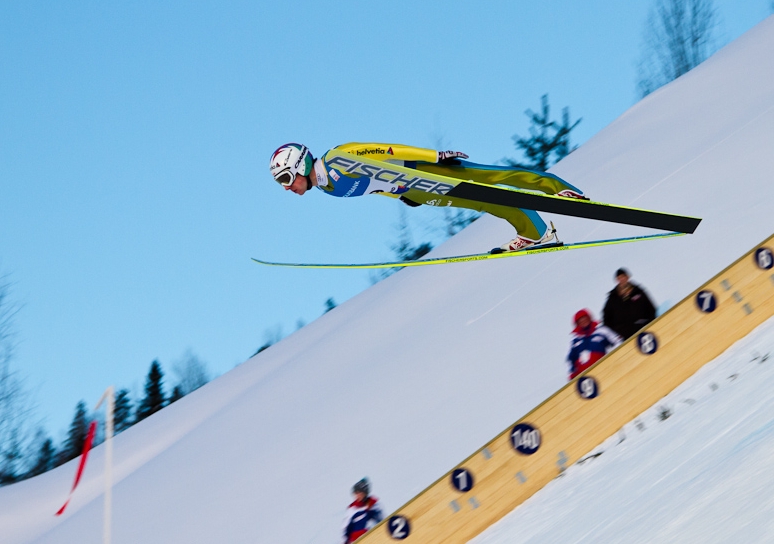
In 1808, Norwegian army officer Olaf Rye jumped 9.5 meters to motivate his troops. By the middle of the 19th century, ski jumping had become a competitive sport. The V-style approach, which became popular in the 1990s, changed the way people ski by using slanted skis instead of parallel ones to improve aerodynamics. It first appeared at the 1924 Chamonix Olympics and has both individual and team events that launch participants into the air from in-run ramps.
For Nordic combined ties, the Gundersen method gives points for jumps based on distance, style (form and landing), and wind correction. Jumpers speed down curved ramps to 90 km/h, then glide with their arms tucked and knees bent to keep their balance. They try to land on telemark. The hills range from regular (90m K-point) to big (120m+), and the longest skis might be 15 cm longer than the person's torso. The World Cup jumps in 2025 will be the most popular ski jumps ever, with 300 million viewers. Drone video and the addition of women to the event since 2014 will make it even more exciting. Norway's domination makes people proud of their country, and safety features like air bags make it safer, which brings in new fans to this sport that defies gravity.
6. Slopestyle Snowboarding:
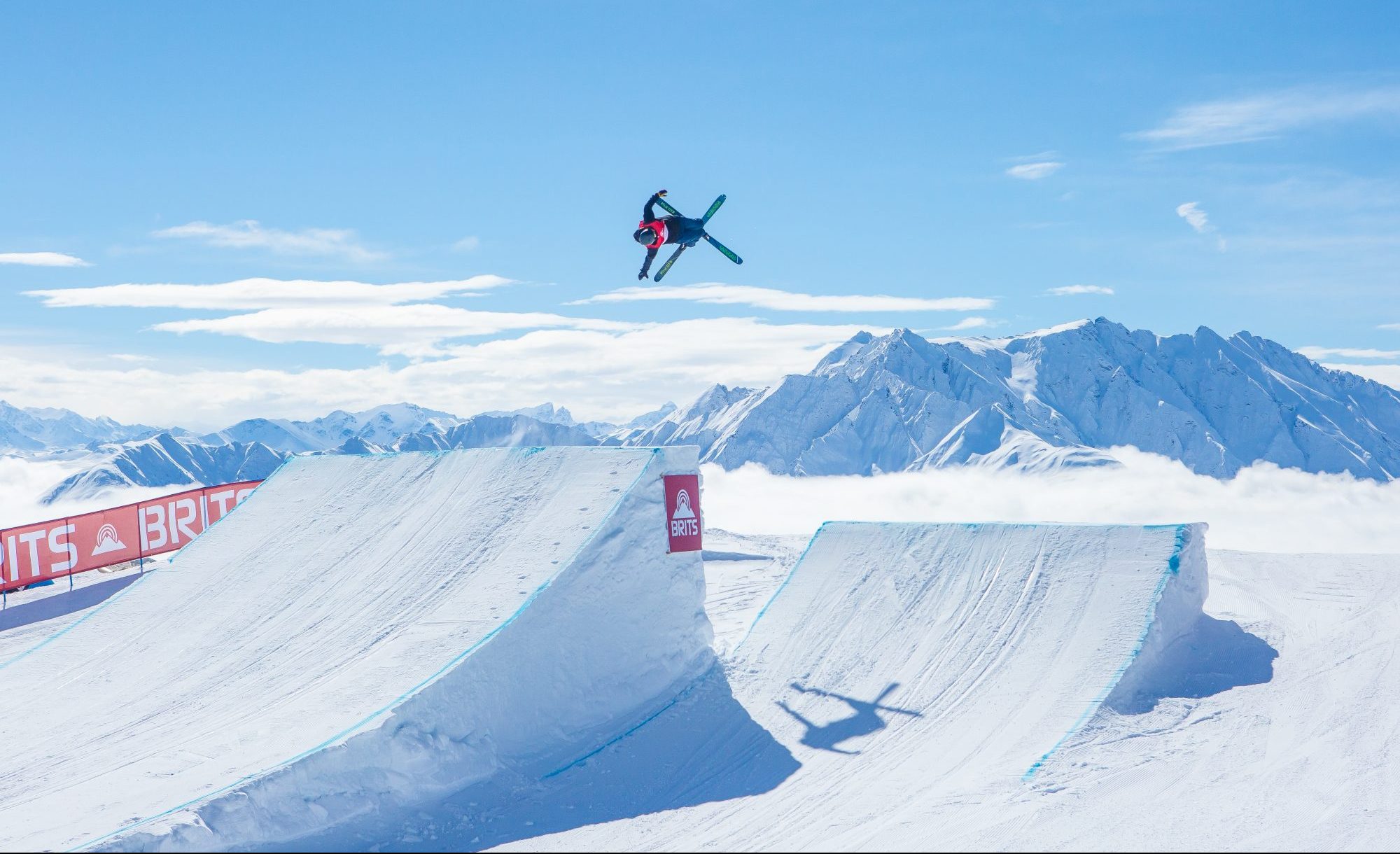
Slopestyle snowboarding took off in the 1990s park-and-pipe culture, as riders used natural terrain to ride features like rails and jumps that were influenced by cities. It made its Olympic debut in 2014 in Sochi, where judges looked at amplitude, difficulty, and execution across two runs. It comes from the 1965 Snurfer style of snowboarding and focuses on creativity more than speed. Pioneers like Travis Rice push quad corks.
Competitors move through courses with jibs (grinds), jumps, and spins, and they are judged on how well they do and how stylish they are. Grabs and flips add multipliers. Using freestyle boards with mellow flex, techniques include ollies for airs, butters for smooth presses, and switch riding for variety.
In 2025, slopestyle draws in 80 million fans thanks to the X Games and Olympics excitement. Its viral stunts get more young people involved. Gender parity and adaptable categories make snowboarding more inclusive, which is a big part of the sport's freestyle revival.
7. Nordic combined:
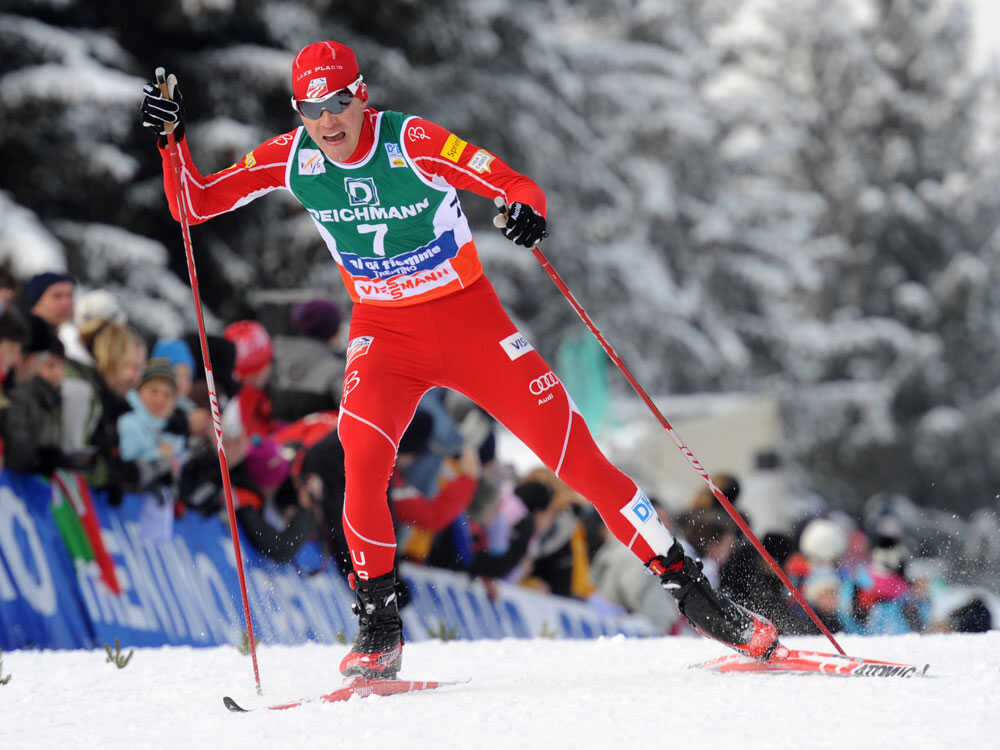
Nordic combined, which combines ski jumping and cross-country skiing, started in 19th-century Scandinavia as a way to evaluate soldiers' overall endurance. In 1985, Norwegian Gunder Gundersen came up with the eponymous scoring system, which made the time penalties for leaps equal for the ski race. It has been an Olympic sport since 1924 and includes normal and large hill jumps followed by 5 to 10 km pursuits.
Rules give jump points that can be turned into ski start times, and teams can compete in mass pursuits. Individuals can't draft. Techniques mix V-style jumps for distance with classic/striding skis for effective propulsion, which requires aerobic endurance and tactical timing.
In 2025, Nordic combined is doing well thanks to more women's events and a record number of World Cup events, which draw 20 million fans in Nordic countries. Calls for full gender equality in the Olympics show how far it has grown.
8. Bobsled:
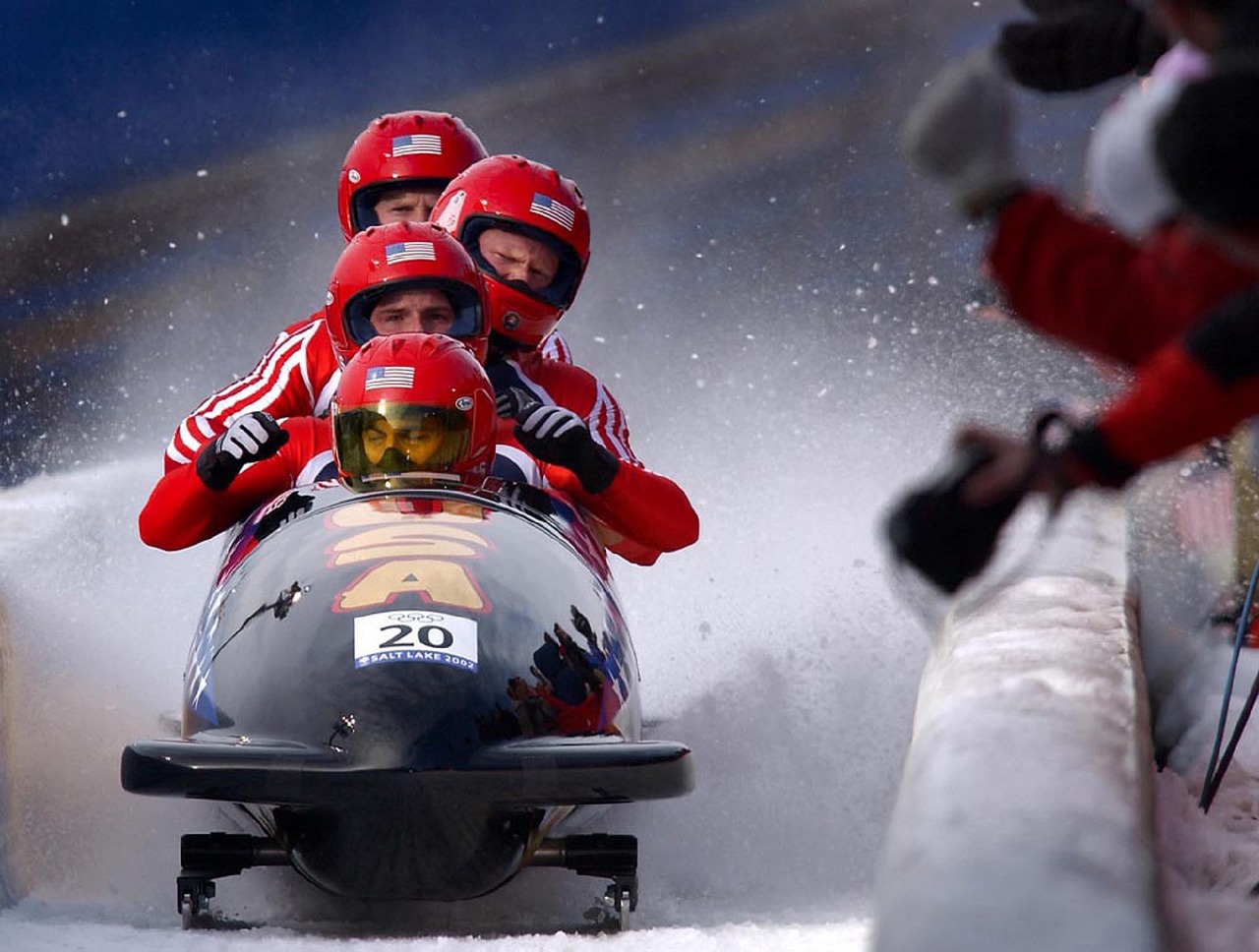
In the 1860s, in Switzerland, the rich and famous raced sleds that looked like skeletons. By 1881, they were using "bobbing" pushes to go faster. Since 1924, two- and four-person teams have raced on icy tracks at speeds of up to 150 km/h. Women's twos were added in 2002. The rules say that there must be four runs for totals, using push starts and aerodynamic steering using ropes. Using carbon-fiber sleds that weigh between 210 and 390 kg, techniques emphasize on coordinated pushes, weight transfers for turns, and braking timing.
Bobsled's 2025 appeal brings 100 million spectators, with rivalries between the US and Germany adding to the intrigue. Tech like iced runners keeps the tension high.
9. Curling:
The strategic origins of curling go back to 16th-century Scotland, where stones from riverbeds slid on frozen ponds. The Grand Caledonian Club regulations made it official in 1838. Olympic since 1998, teams of four slide 42-pound granite stones toward a "house" goal and use brooms to sweep for curl.
Rules give points to stones that are closest to the button after 10 ends. Skips call shots with hacks to keep things stable. Techniques include rotating for draws and guards and making exact releases, which is a mix of physics and psychology.
The rise of mixed doubles and the "chess on ice" attraction of curling have made it popular with casual fans through easy-to-join leagues. By 2025, there will be 1.5 million players.
10. Skeleton:
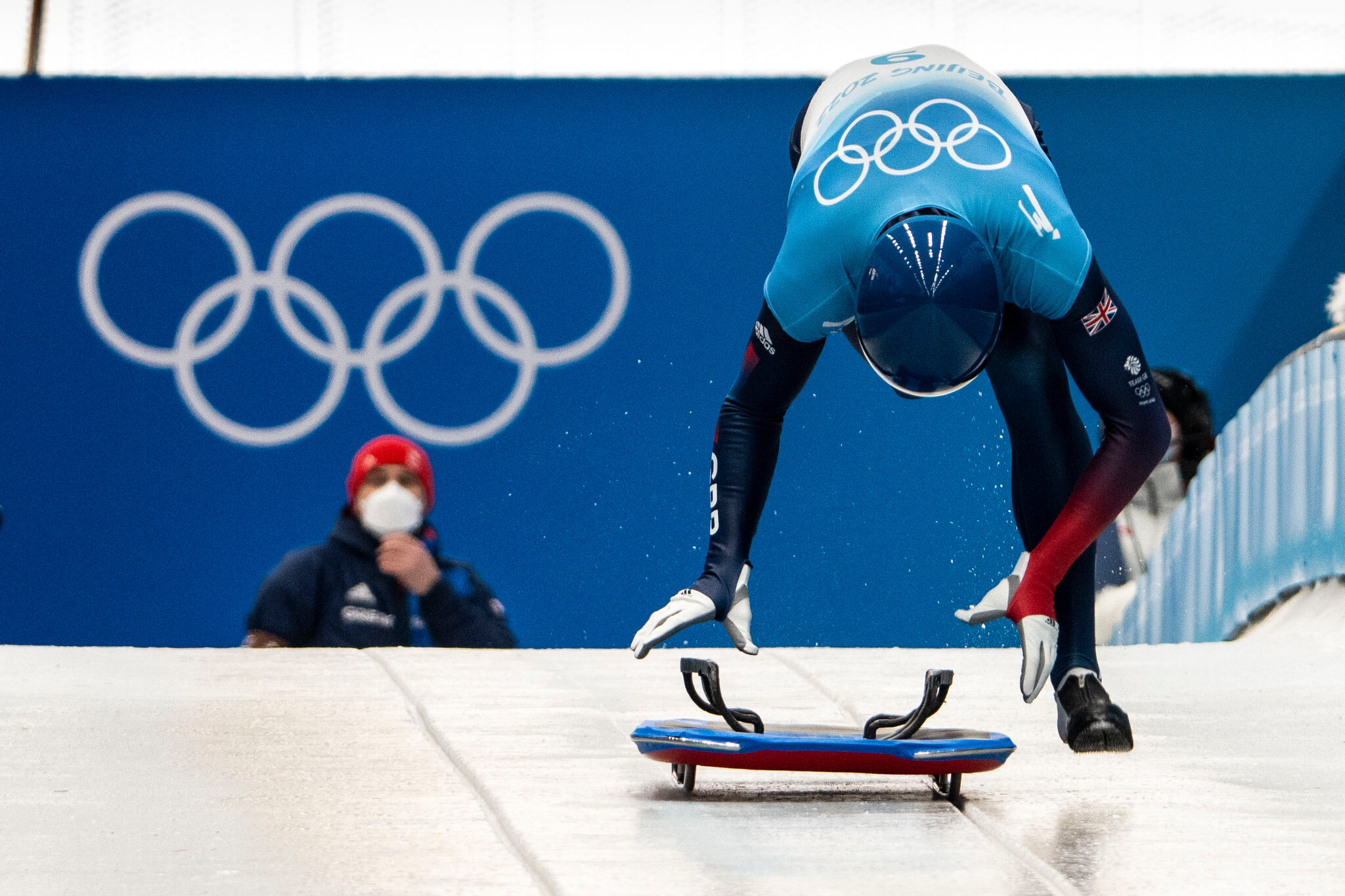
The first Olympic men's skeleton race was in 1928, but the sport started in St. Moritz in the 1880s. The name comes from the bony early sleds. Riders on 43 kilogram sleds can go 130 km/h on tracks that are 1,200 m long.
There are four runs, and you steer by nudging your shoulder. Helmets and spikes are required. Techniques stress tucking your tummy down and making small weight adjustments to produce curves. In 2025, skeleton's niche appeal grows to 15 million followers, thanks to women's parity and extreme sports crossovers that promise edge-of-your-seat Olympic thrills.
Comments 0